
下载亿题库APP
联系电话:400-660-1360

下载亿题库APP
联系电话:400-660-1360

请谨慎保管和记忆你的密码,以免泄露和丢失

请谨慎保管和记忆你的密码,以免泄露和丢失

Most of us are familiar with calluses.
These extra-tough patches of skin are generally quite useful–we might even say handy–because they act like a kind of natural armor, protecting areas of skin that get an unusual amount of wear and tear. Have you ever wondered exactly what a callus is, or how it forms on your skin?
Callus formation is triggered by pressure or abrasion. The heel of your foot as it rubs inside your shoe, or the palm of your hand if you’re doing a lot of manual labor are good examples of this.
While it might feel like a callus is something extra, added to your skin, it’s actually just a build-up of what’s already there.
Here’s How It Works
Your skin has a number of layers of different types of cells.
The outermost is a layer of hardened, dead cells. This top layer is usually about twenty-five cells thick, and it constantly replaces itself as the outermost cells flake off to be replaced by new hardened, dead cells underneath.
All About Friction
If your skin is subject to an unusual amount of friction, this layer of dead cells increases. New dead cells are added faster than the old ones slough away. This can build up the outer layer from twenty-five cells thick to over a hundred cells thick. You’ve grown a callus.
While calluses are generally useful, if the process continues unchecked a callus can thicken into a cone-shaped structure called a corn. These super calluses can be quite painful, and may require the attention of a doctor.
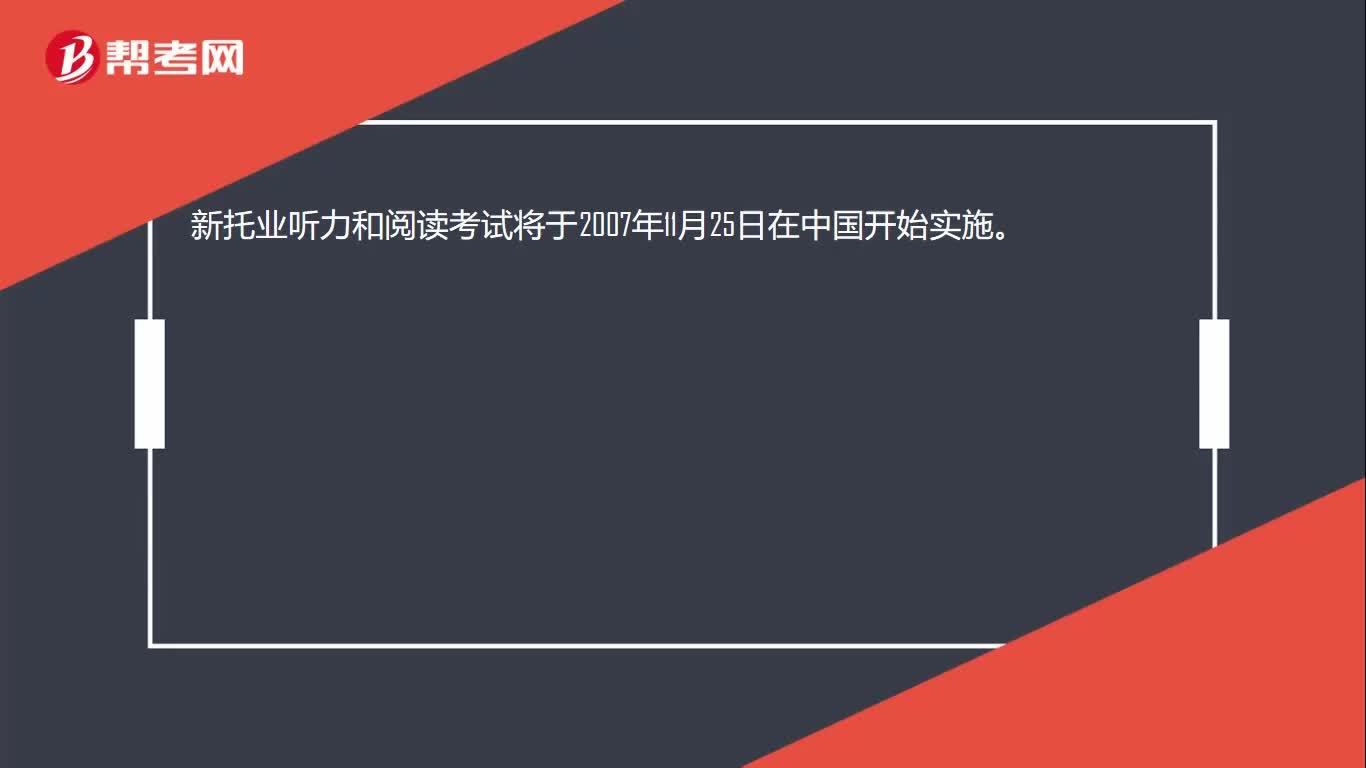 18
18新托业考试的听力和阅读部分在中国什么时候开始实施?:新托业听力和阅读考试将于2007年11月25日在中国开始实施。
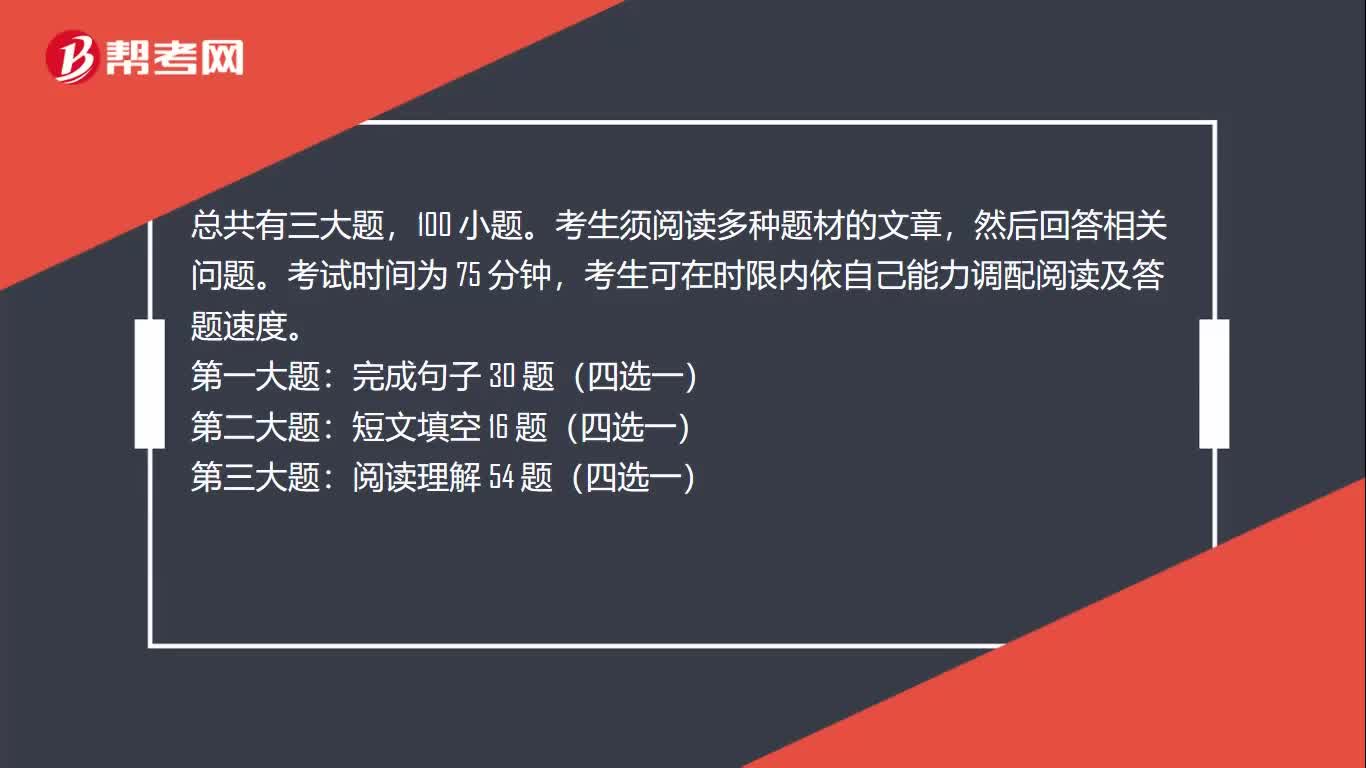 40
40托业阅读考试题型是怎样的?:托业阅读考试题型是怎样的?总共有三大题,100 小题。考生须阅读多种题材的文章,然后回答相关问题。考试时间为 75 分钟,考生可在时限内依自己能力调配阅读及答题速度。完成句子 30 题(四选一):第二大题:短文填空 16 题(四选一)第三大题阅读理解 54 题(四选一)
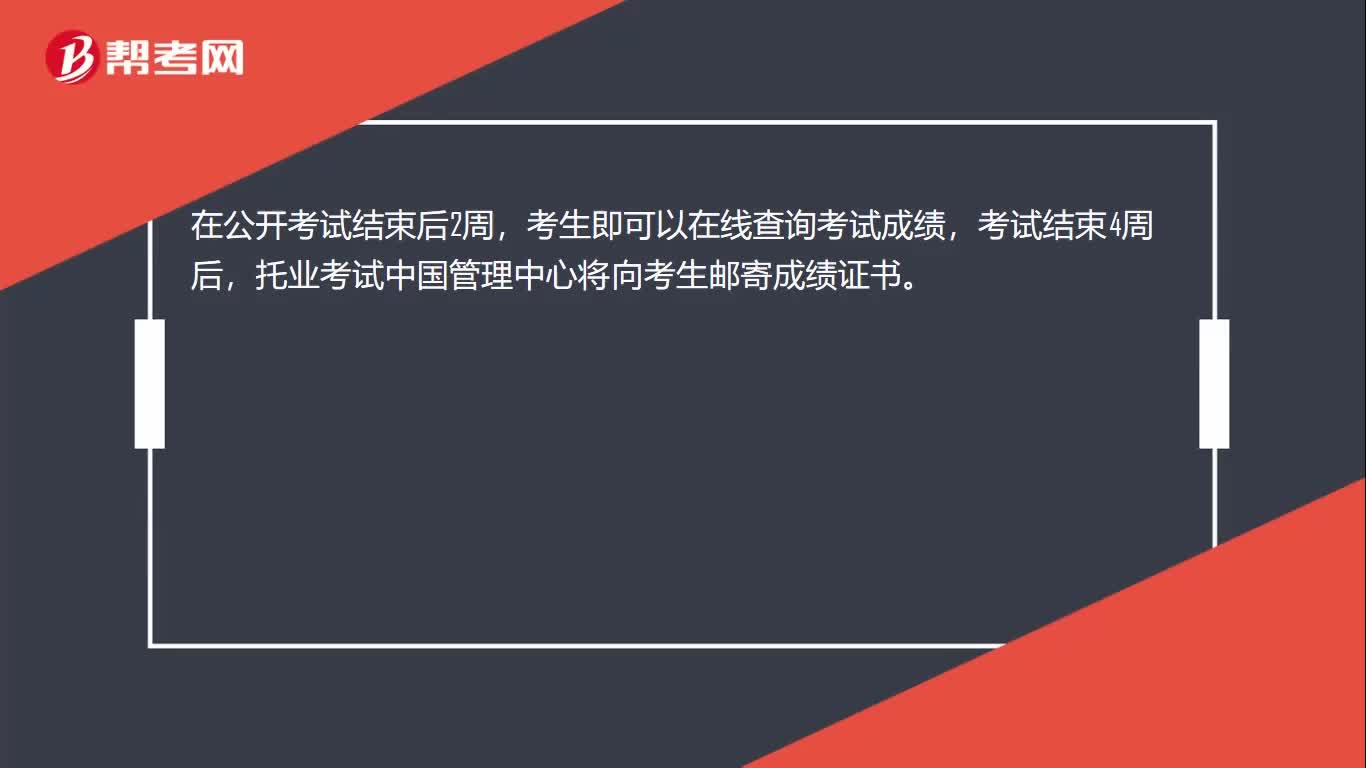 24
24托业听力与阅读考试结束后什么时候能查成绩?:托业听力与阅读考试结束后什么时候能查成绩?在公开考试结束后2周,考生即可以在线查询考试成绩,考试结束4周后,托业考试中国管理中心将向考生邮寄成绩证书。
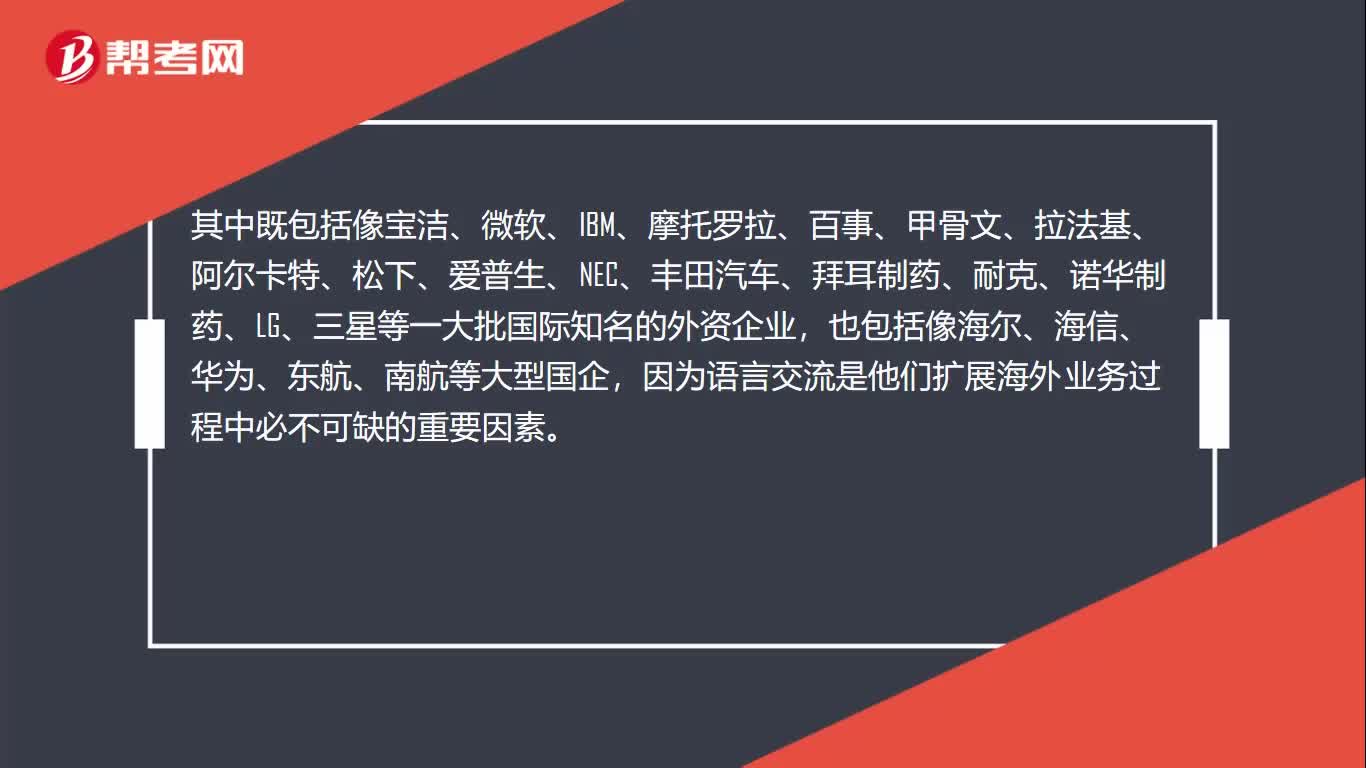 01:21
01:212020-05-19
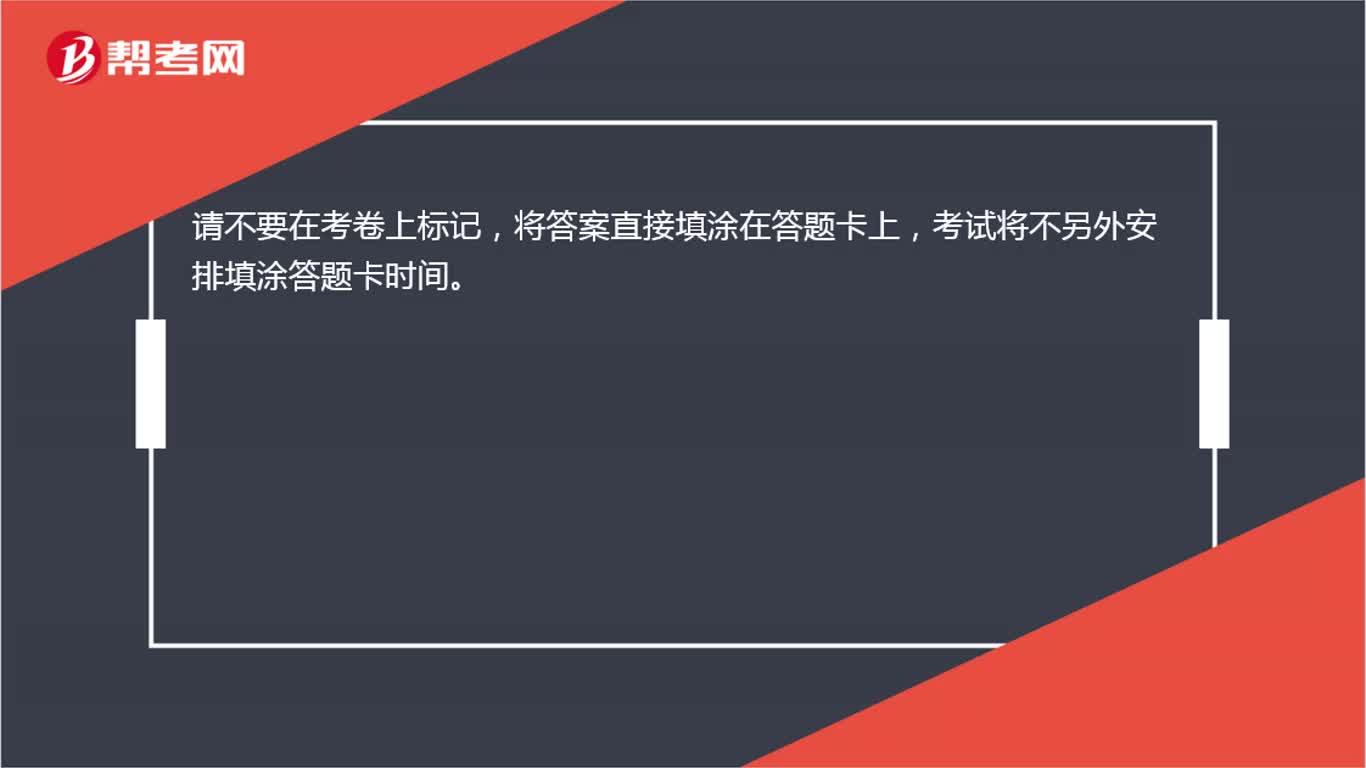 00:20
00:202020-05-19
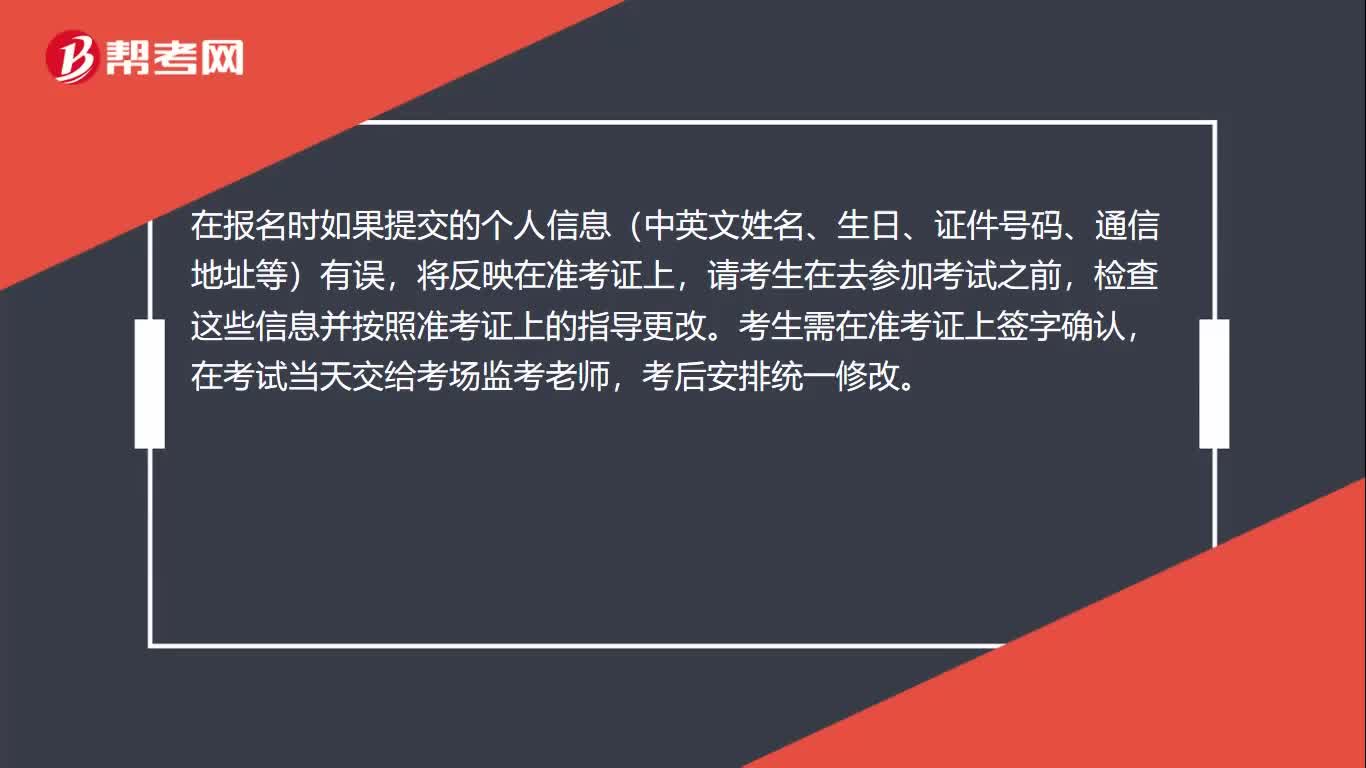 00:42
00:422020-05-19
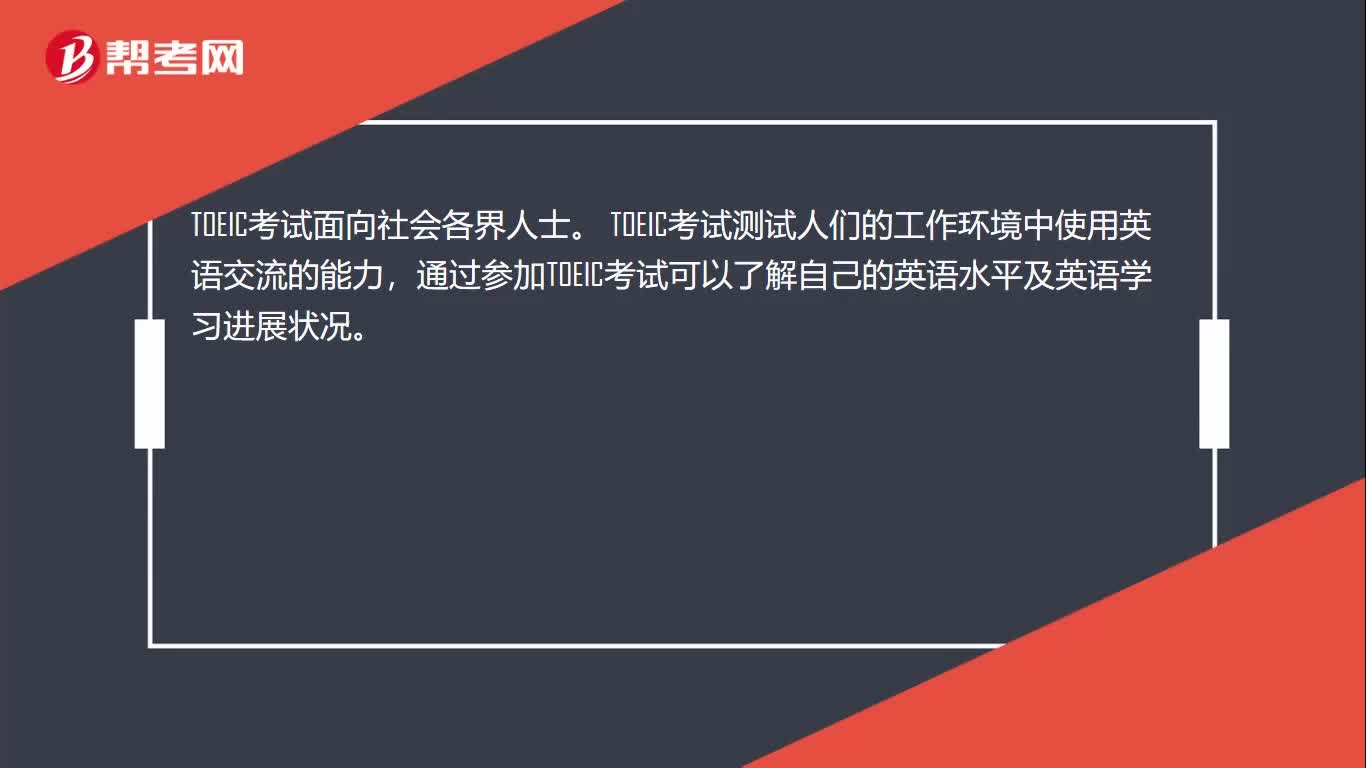 00:28
00:282020-05-18
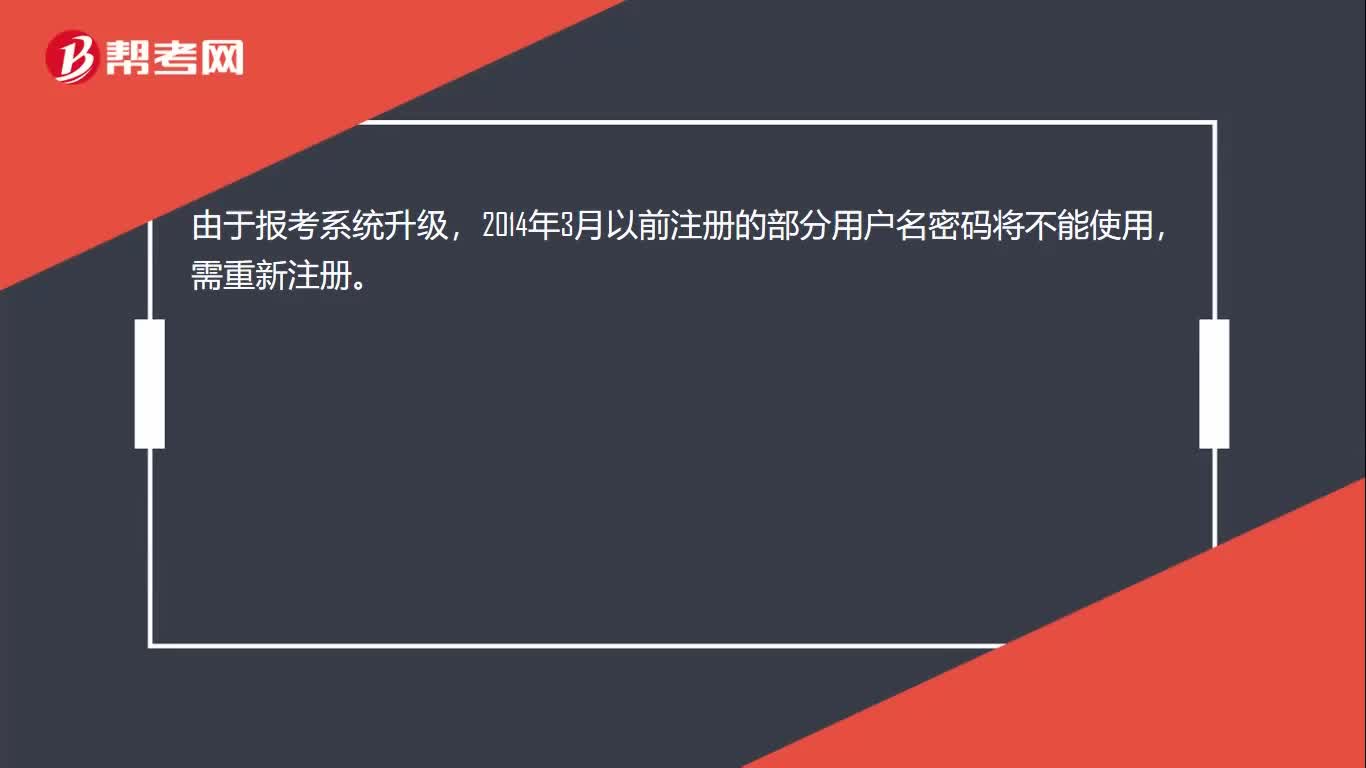 00:20
00:202020-05-18

微信扫码关注公众号
获取更多考试热门资料